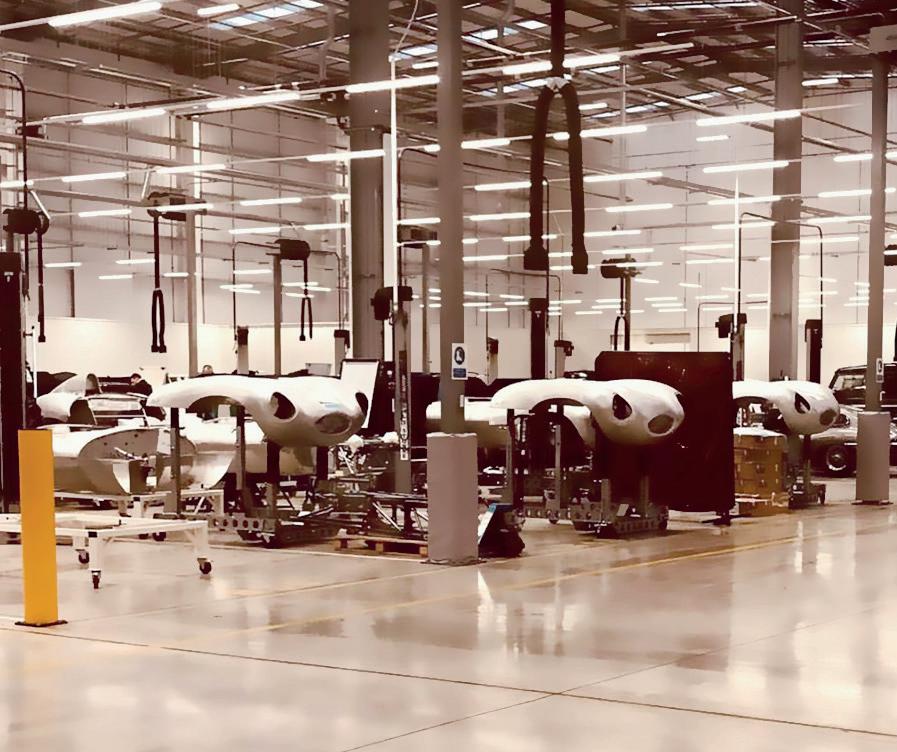
4 minute read
Who'is
MOST OF US ARE AWARE OF, AND have possibly visited, the lost museum at Browns Lane, the former home of the Jaguar Daimler Heritage Trust.
Browns Lane is now a housing and industrial estate. While the JDHT is still in existence and very active, Jaguar, once Tata acquired the company in 2008, has changed a number of things.
Advertisement
We think long term of JLR Classic, but in reality it was only registered in 2019. Before that it was SVO and before that Jaguar Heritage.
It was under this guise that the Classic division built the twenty-five new D-Types which were noted as scheduled to be built in 1955. Following the disastrous fire of February 1957 all plans mwere quickly shelved to concentrate on getting production of standard models going.
Similarly, nine D-Types which were allocated XK-SS chassis numbers, were not built although the chassis numbers were in the ledger.
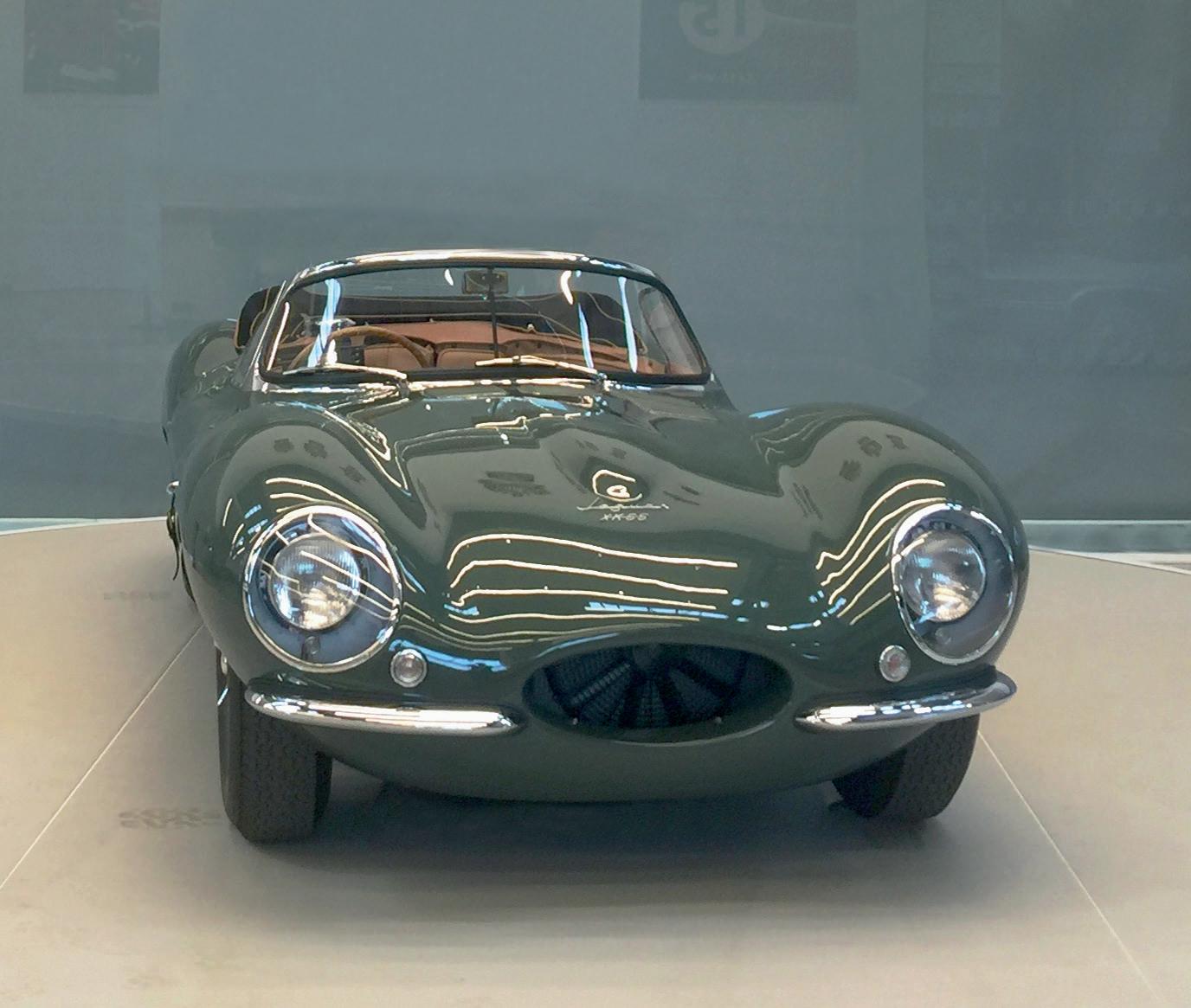
However, that poses another question. Taking a leaf out of Ferrari’s book in 1956, Jaguar built XK-SS chassis 701, 704, 707 and 710 as an example - but for homologation purposes they had built ten cars.
Simple isn’t it? However, Jaguar Classic announced they could only build nine examples because the nine others were destroyed in the 1957 fire.
01 Aside from many of its museum cars, Jaguar Land Rover Classic purchased hundreds of cars with the intention of restoring and selling them.
02/03 It also created new official D-Types and XK-SSs.
JLR Classic, of all people, should have known that five completed D-Types were burnt out - and four unsold D-Types had been dismantled for parts months before the fire.
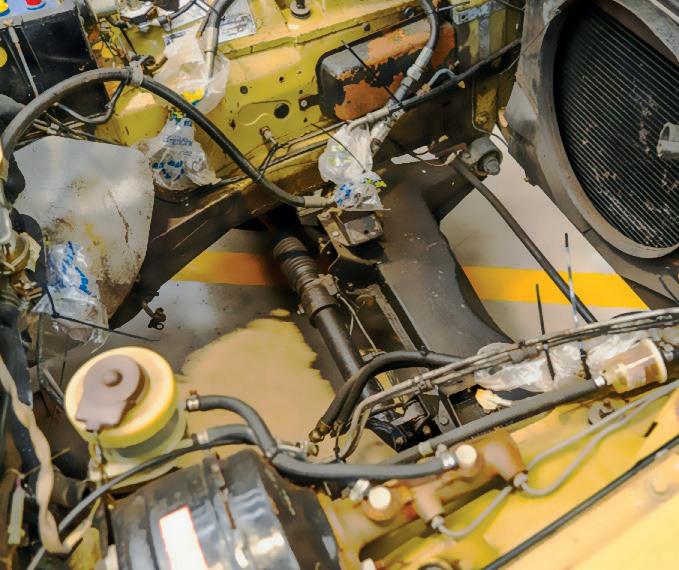
The D-Type then was no longer commercially a viable entity, surpassed by both Aston Martin and Ferrari. The number to be built though is sheer invention since all bar one XK-SS (sent to New York) were built after production recommenced later in 1957. So there was one before the fire and fifteen after!!
I would like to ask JLR Classic if they were looking for chassis numbers to use, why didn’t they just fill in the gaps of the twenty-five chassis numbers between the original cars instead of the numbers between XK-SS 728 and XK-SS 754?
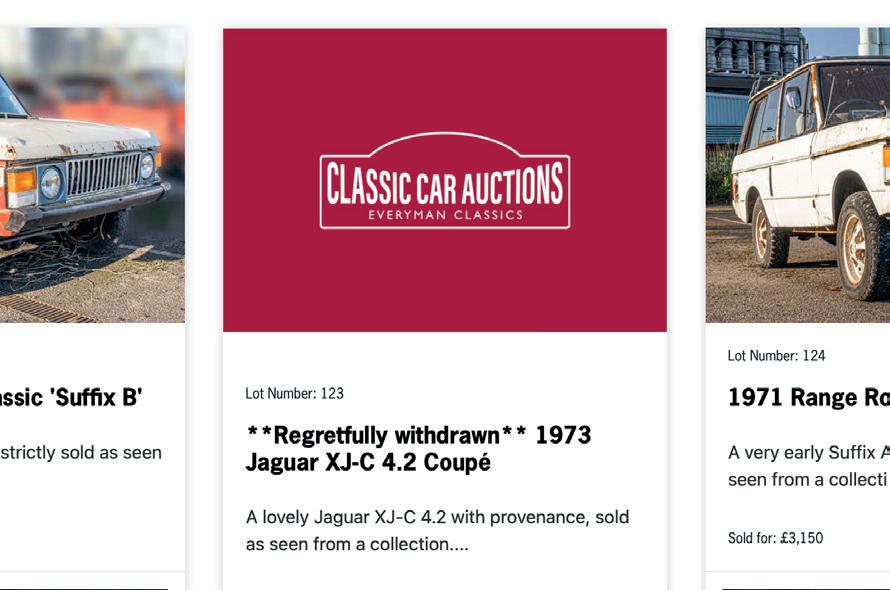
They never existed in the ledger, even on paper. Then in 1963 Jaguar planned to build eighteen Lightweight E-Types. The chassis numbers were likewise allocated but only twelve built, leaving six numbers unused.
So, it was decided that, with the market for classic cars rising at a fast pace, it was time to rectify those omissions. It built the cars that until then existed only on paper.
Six new Lightweight E-Types were to be created, supposedly identical to the originals - but not actually so.
They were followed by nine XK-SS's, and then the twenty-five D-Types that, if there was a market for them, Jaguar intended to build in 1955.
01/02/03 This made us very angry and we still don't understand why it occurred.
The mileage on the 1975 Jaguar release press car still reads 8674. It was in immaculate original condition when we saw it in Tasmania in 2015, but when it was purchased by Jaguar Land Rover Classic the engine and gearbox were removed. They were not refitted, and the body was left out in the English weather with the windows down!
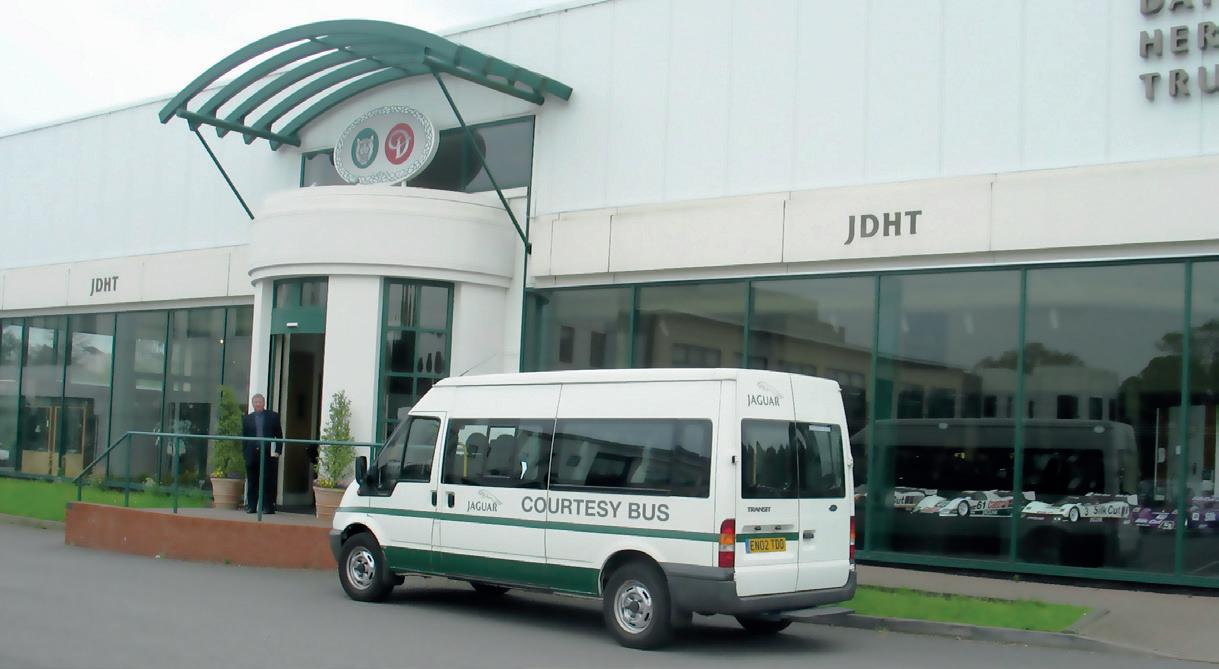
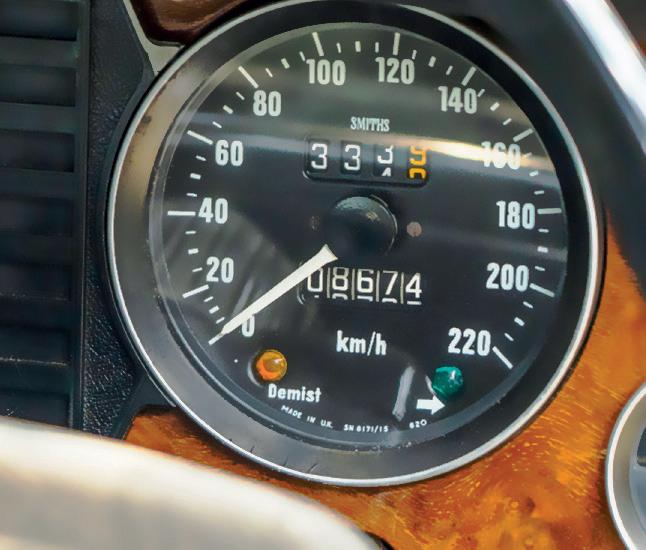
It was quietly offered for sale at an auction, but withdrawn after we exposed its downfall. We don't know where it is.
04 Jaguar had its own purpose-built musuem to house its precious cars and archive. It was demolished soon after the Browns Lane plant met the same fate.
05 An XJ-S Convertible was another of the Jaguar Land Rover Classic cars disposed of without disclosure.
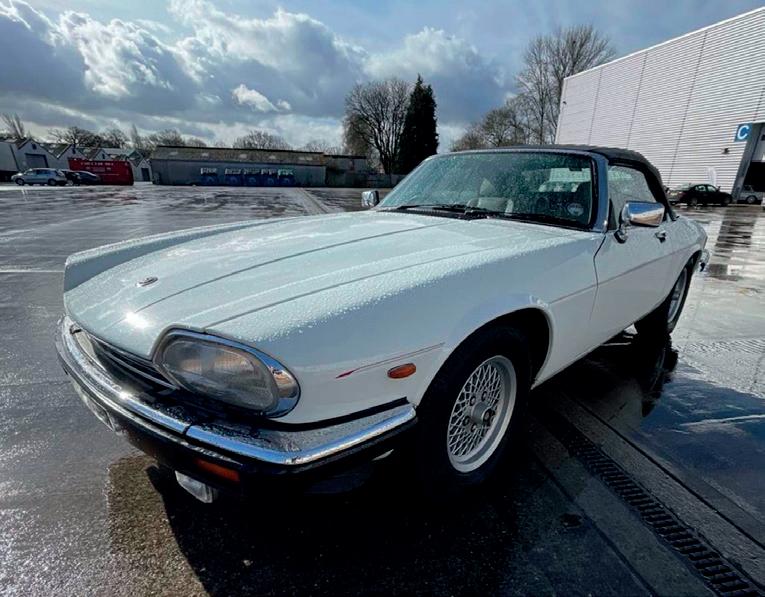
All this is past history, but now JLR Classic is building C-Types, of which there are no numbers left to fill.
I can find no mention of how many they are planning to build, but they are being sold 'for track use only' since getting them road registered is impossible in most of the world.
Yet in the stampede, Jaguar ended up having to build six 'real' Lightweight E-Types after the prototype - known as 'Chassis Zero'. It was intended for the Jaguar Collection, but was sold to someone completely unknown in the Jaguar world, Najeeb Khan of Elkhart in the US.
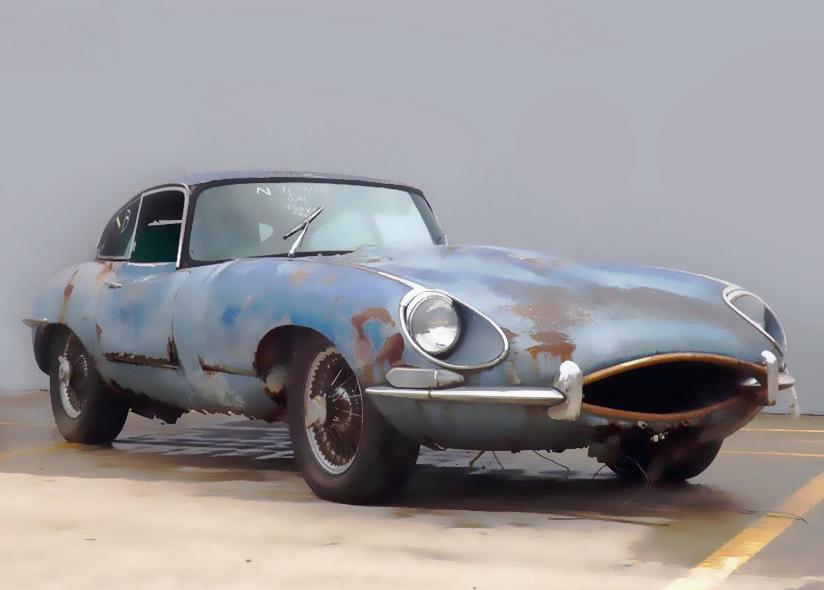
Not only that, he was also allowed to buy a D-Type and an XK-SS. The royal flush you might think. Rather strange, as there were many people well known as collectors who might have wanted one too.
Khan was, not long after, arrested for fraud amounting to US$126 million, and his collection of 281 cars (including the D, E and XK-SS) was sold by authorities to help defray at least part of his indebtedness.
They were all offered at no reserve. The sale price of the 'investment' E-Type - now on its third owner - was about US$500,000 lower than the original price. Bear this in mind as we continue our meanderings through Jaguar Classic's adventures.
We are aware of the stunning acquisition by JLR of the Dr James Hull Collection of cars, models and paraphernalia in 2014 for a price, while never officially released, was whispered to be circa £60 million. Just why did Jaguar buy this rather eclectic collection?
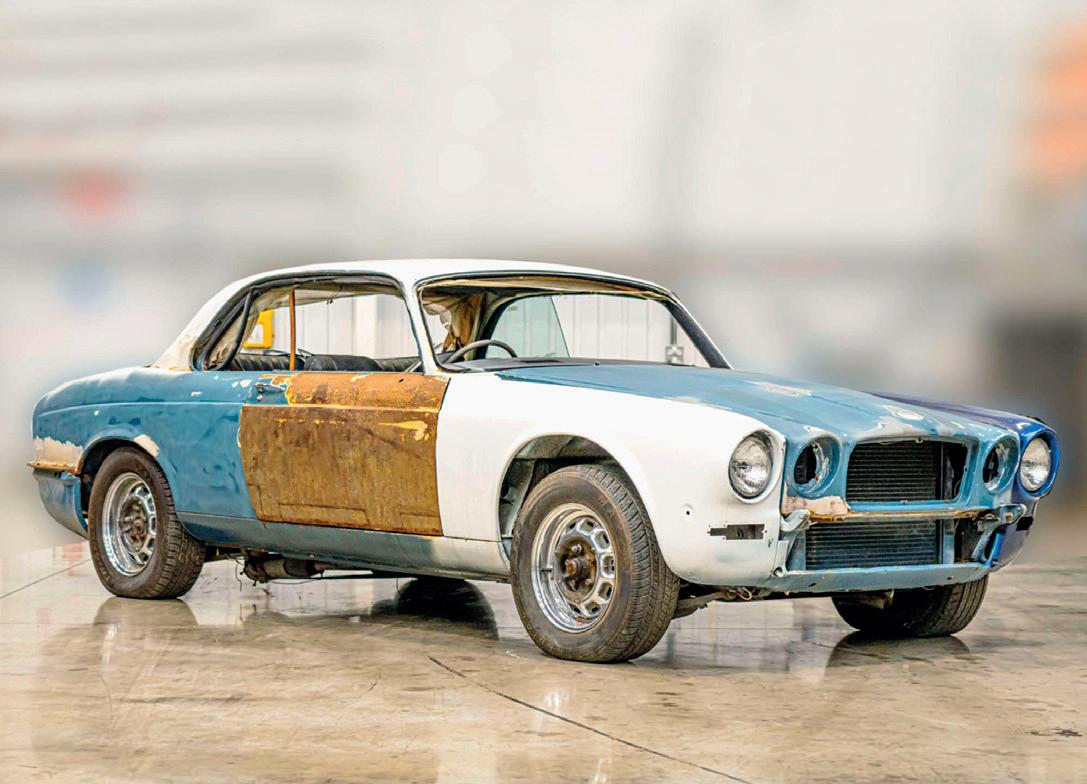
It had, for a long time, been accustomed to receiving calls from all points of the compass to source cars for display. It seemed a perfect solution to this problem, placing all the requisite cars under their control.
On the official Jaguar Classic Collection site I found this statement: “Dr James Hull described himself as having 'a passion for Jaguars,' managing to collect one hundred-and thirty going back to our earliest models including an original 1920’s Swallow Sidecar, the very first vehicle made by Jaguar’s founder Sir William Lyons.










